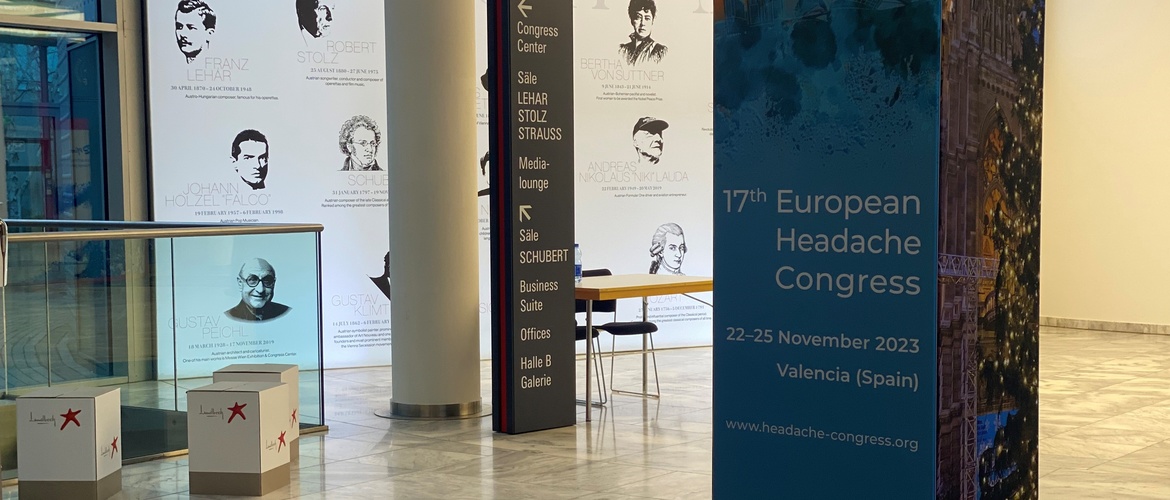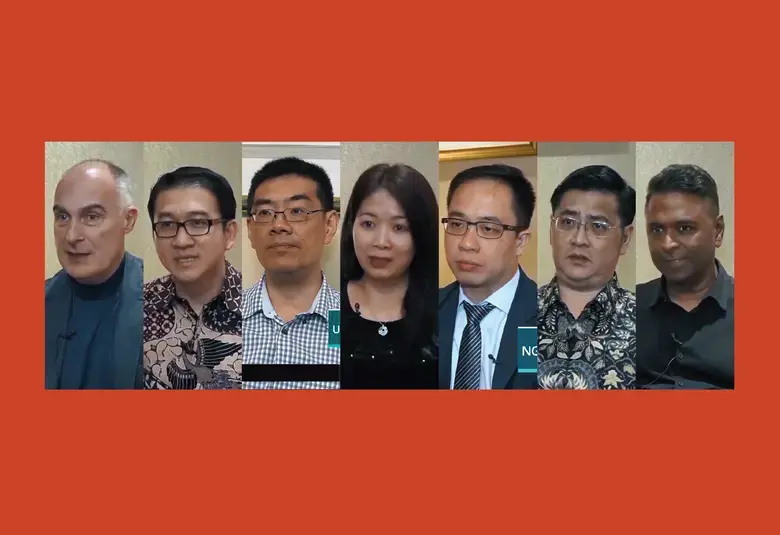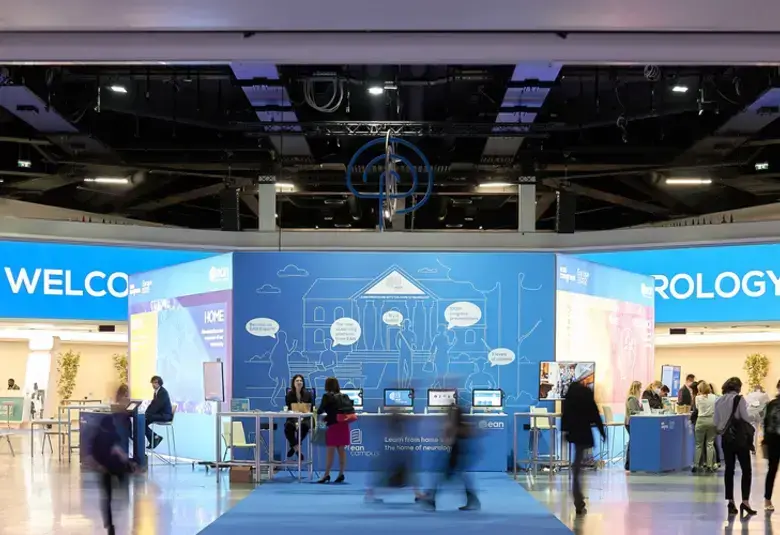In a plenary lecture at the 16th European Headache Congress, December 7–10, 2022, held in Vienna, Austria, Professor Rami Burstein, Harvard Medical School, Boston, USA presented new findings on the effects of migraine treatments beyond the effects on the headache pain. His research on calcitonin gene-related peptide monoclonal antibodies has shown that while these agents are known to act in the periphery, they may also act centrally to restore brain functions altered by frequent and prolonged exposure to migraine headache.
Effects on premonitory symptoms and triggers
Professor Burstein presented preliminary results of a study to determine the effects of anti-calcitonin gene-related peptide (anti-CGRP) monoclonal antibodies (mAbs) on migraine premonitory symptoms and triggers. All participants received anti-CGRP mAb preventive therapy and completed a daily headache diary. After 4 months, only responders – identified as those with >50% decrease in monthly headache and migraine days [MHD/MMD] – continued with treatment and were followed up to 12 months.
Among super responders exhibiting >90% decrease in MHD/MMD, premonitory symptoms, warning signs, prodromes and triggers were followed by headache after 3 months but not after 6–8 months of preventive treatment and did not occur at all after 12 months.
Anti-CGRP mAbs may act to restore the normal responsiveness of neurons involved in the generation of premonitory symptoms and many migraine triggers
This eventual disappearance of premonitory symptoms suggests that by reducing or eliminating the headache (i.e., the nociceptive input to the brain) for a long enough period of time, anti-CGRP mAbs restore the normal responsivity of cortical, hypothalamic and brainstem neurons involved in the generation of premonitory symptoms and many of the most common migraine triggers.
Professor Burstein considered that differences in the magnitude of nociceptive input to neurons that mediate different premonitory symptoms and triggers may explain why some symptoms are more affected than others by the headache reduction. Premonitory symptoms and triggers involving hypothalamic neurons appear to be highly affected by the reduction in nociceptive signals. Conversely, headaches associated with triggers and premonitory symptoms that are unaffected by headache reduction may be more difficult to treat.
“The most important action of anti-CGRP mAbs in preventing migraine is to allow us to take the migraine brain and begin to revert it back to a non-migraine brain” – Professor Rami Burstein, Boston, USA
If anti-CGRP mAbs had the ability to cross the blood-brain barrier, reach neurons involved in the generation of premonitory symptoms and the initiation of attacks and alter their physiological properties, the observed reduction in premonitory symptoms and in the incidence in which unavoidable triggers give rise to a migraine attack should have been unrelated to headache reduction, which is contrary to the study findings, he said.
Restoration of the non-migraine brain
Professor Burstein hypothesized that the fact that these effects on premonitory symptoms and triggers were seen only in responders and super responders suggests that this action is secondary to headache elimination. This may be the most important explanation for how anti-CGRP mAbs prevent migraine, not by blocking peripheral neurons, but by allowing neurologists to take the migraine brain and begin to revert it back to a non-migraine brain, he said.
Anti-CGRP mAbs should be administered for at least 1 year before deciding whether or not they work because their ability to restore brain functions continues to improve
Furthermore, the study findings suggest that the success or failure of migraine prevention with anti-CGRP mAbs should not be evaluated after only 3 months.1 In the absence of unwanted side effects or injection site reactions, anti-CGRP mAbs should be administered for at least 1 year before deciding on whether or not they work as their ability to restore brain functions continues to improve, he concluded.




